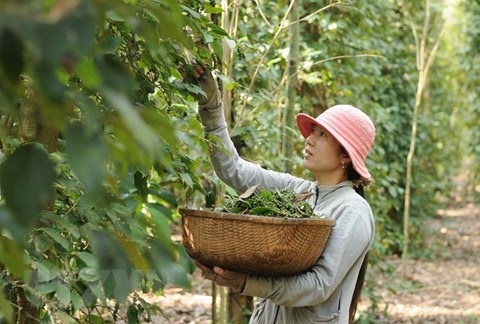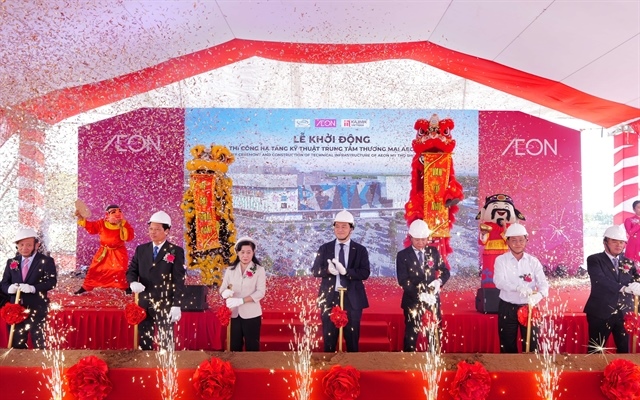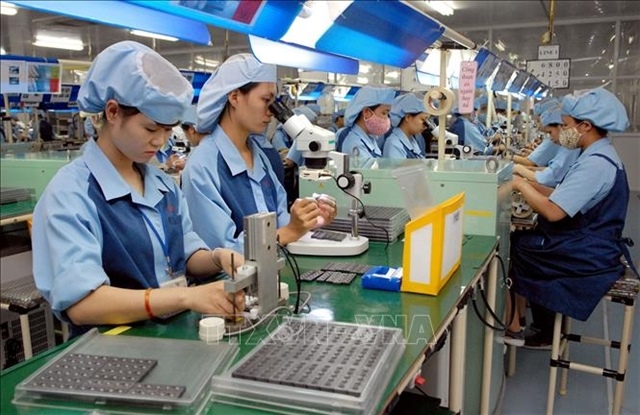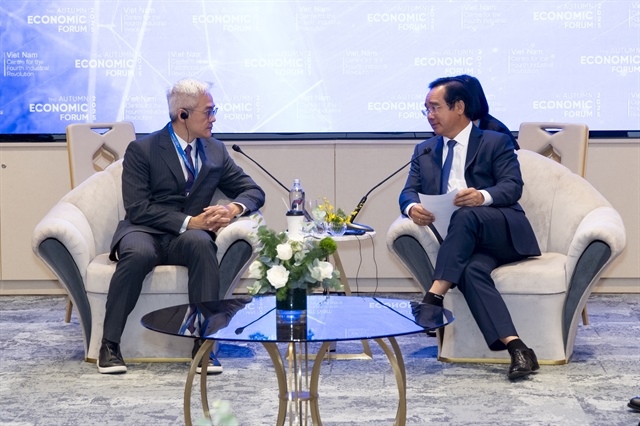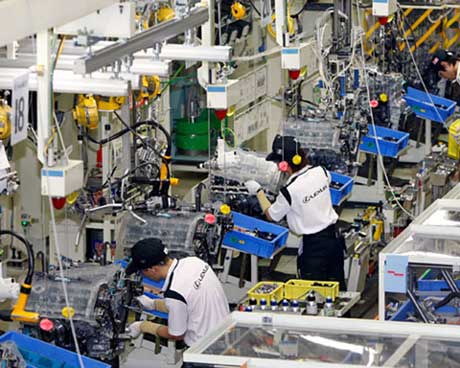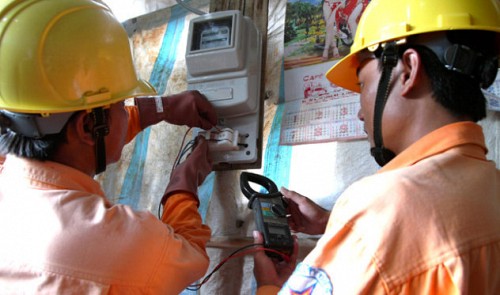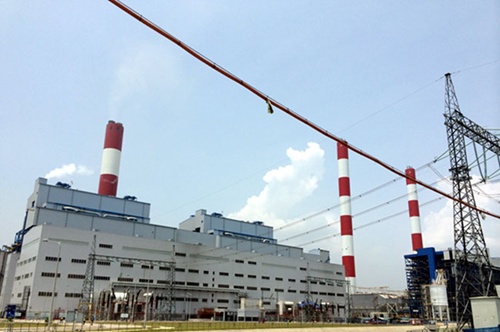Vietnam to raise fabric production capacity to meet trade deal requirements
Vietnam to raise fabric production capacity to meet trade deal requirements
Vietnam will increase its capacity to produce cotton in order to satisfy rising demand from garment exporters, an official of the Vietnam Cotton and Spinning Association (VCOSA) said last week.

Local garment exporters need to use locally made cotton, or cotton produced by other member countries of the Trans-Pacific Partnership (TPP) free trade agreement, to be entitled to tax cuts when shipping products to other TPP markets, Nguyen Hong Giang, general secretary of the VCOSA said on the sidelines of an international garment and textile exhibition in Ho Chi Minh City on October 22.
The TPP deal, which aims to liberalize commerce in 40 percent of the world's economy, was reached earlier this month following days of negotiations in Atlanta.
The deal is now pending approval by lawmakers in all TPP countries, which include Australia, Brunei, Canada, Chile, Japan, Malaysia, Mexico, New Zealand, Peru, Singapore, the U.S. and Vietnam.
According to the American Chamber of Commerce in Vietnam, the countries have to abide by the “yarn forward rule of origin,” which means that all items in a garment from the yarn stage onward must be made in one of the nations that are party to the TPP accord.
With garment-textile exports worth over US$24 billion in 2014, Vietnam needs about 8.5 billion square meters of fabric, Giang said.
Meanwhile, the capacity to produce domestic fabric is nearly three billion square meters, the VCOSA general secretary added.
The supply of domestic fabric has not kept pace with demand, while both the yarn forward rule of origin under the TPP, and the fabric forward rule of origin under the Vietnam - EU free trade agreement, require intensive local supply, he said.
On August 4, Vietnam and the EU announced the completion of their trade pact, which is expected to be signed by the end of this year, which marks the 25th year of bilateral diplomatic ties.
Regarding domestic yarn production, Giang said Vietnam’s output last year was over 900,000 metric tons of fiber types, but two-thirds were shipped overseas.
With the benefit of the TPP and Vietnam-EU accords, over 600,000 metric tons in export volume should still be reserved for local use, he said.
While Vietnam also needs to increase fiber production, this is not seen as a big problem based on current technology and experience, Giang said.
The real issue lies in textiles and dyeing, which have been a long-standing production bottleneck in Vietnam, he said.
However, with the recent participation of foreign-invested firms, and the effort of local firms to grasp the opportunity created by the two free trade pacts, Giang expressed optimism that the problem may soon be addressed.
According to Giang’s preliminary statistics, $3 billion worth of foreign currency has been poured into the textile and dyeing sectors in Vietnam over the last 18 months.
However, in order to fully meet the demand for fabric and comply with the requirements of the TPP and Vietnam-EU deals (around five billion square meters), there needs to be more incentive for business in the form of infrastructure and land use in industrial parks, improvement in sewage, and environmental management capacity, Giang added.


